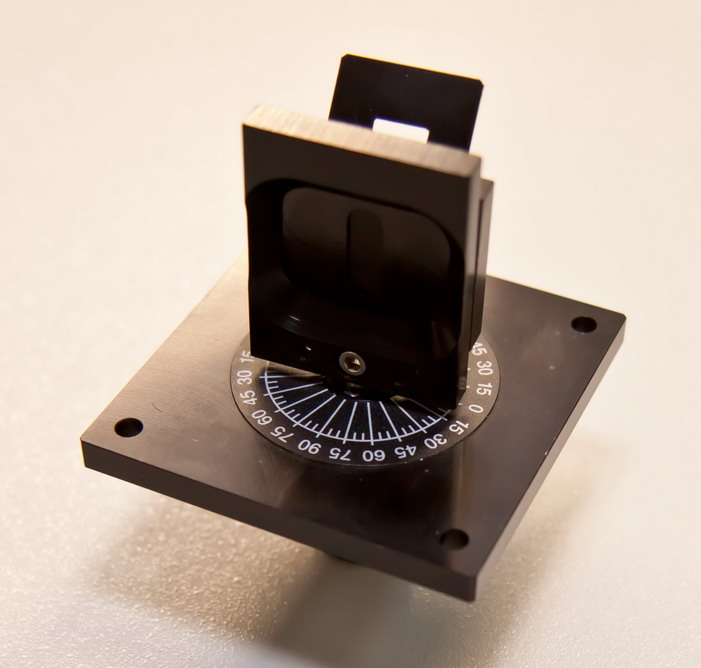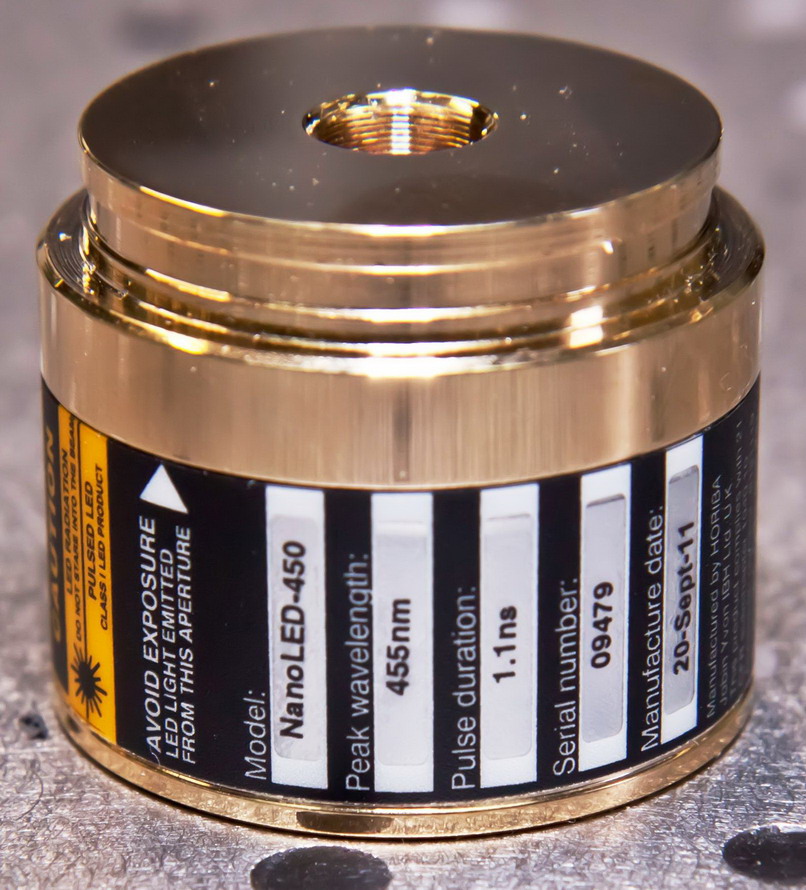Posted in Научное оборудование
SZ-100 Series Nanoparticle Analyzer (Horiba Jobin Yvon)
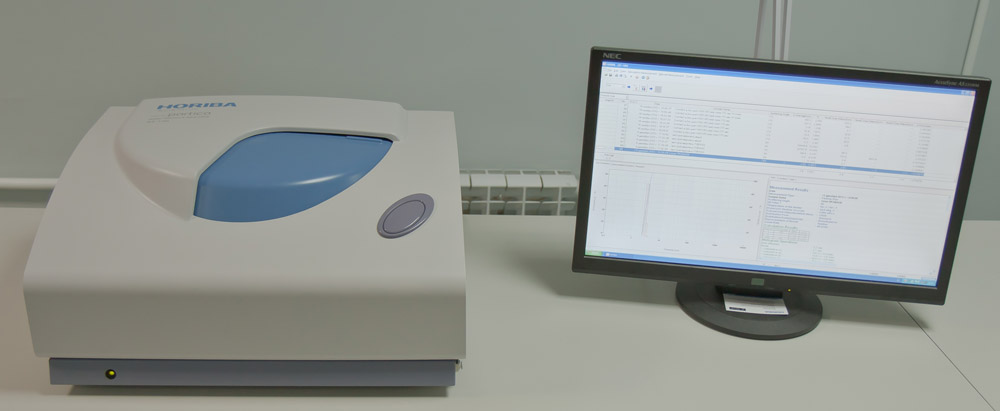
The SZ-100 uses the technique of dynamic light scattering to determine particle size. Dynamic light scattering is the measurement of fluctuations in scattered light intensity with time. These fluctuations in intensity arise due to the random Brownian motion of the nanoparticles. Therefore, the statistical behavior of these fluctuations in scattered intensity can be related to the diffusion of the particles. Since larger particles diffuse more slowly than small particles one can readily relate particle size to measured fluctuations in light scattering intensity.
Three analyzers in a single compact body deliver high-sensitivity, high-accuracy analysis of each measurements parameter:
1. Particle size measurement range 0.3nm to 8 µm.
The SZ-100 Series measures particle size and particle distribution width by dynamic light scattering (DLS). Analysis across a wide range of sample concentrations: Measurement of samples ranging from low ppm-order concentrations to high-concentration samples in double-digit percent-ages is possible.
2. Zeta potential measurements -200 to +200 mV
Analysis of sample volumes as small as 100 µL using HORIBA-developed microelectronics cells. Use the value of zeta potential to predict and control dispersion stability. High zeta potential magnitudes indicate a stable dispersion, useful for formulation work.
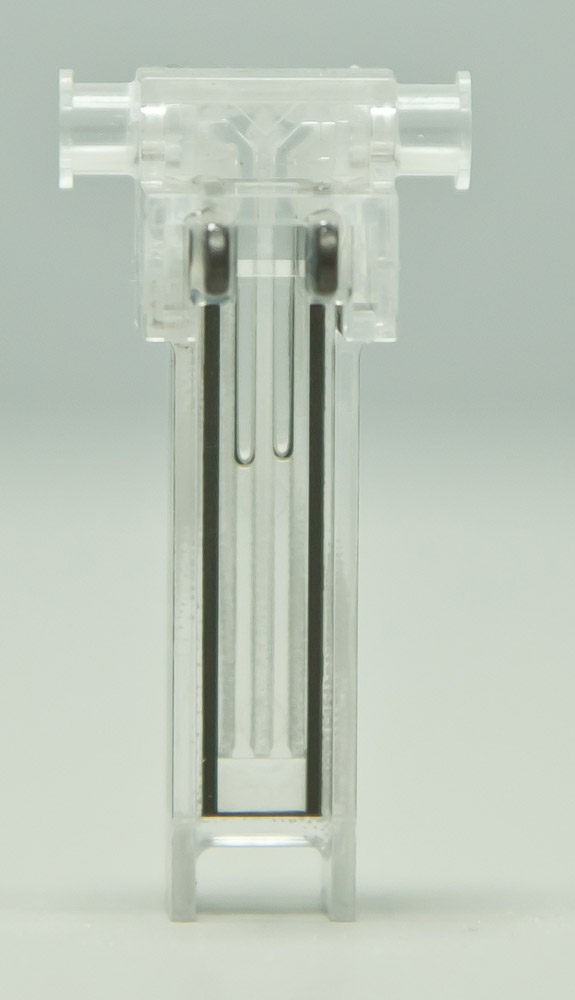
3. Molecular weight 1x103 to 2x107 Da
Absolute molecular weight (Mw) and the second virial coefficient (A2) are obtained by performing static light scattering measurements as a function of sample concentration and preparing Debye plots.
The information on the manufacturer’s website
Posted in Научное оборудование
The fluorescent spectrometer Lumina (Thermo Fisher Scientific)
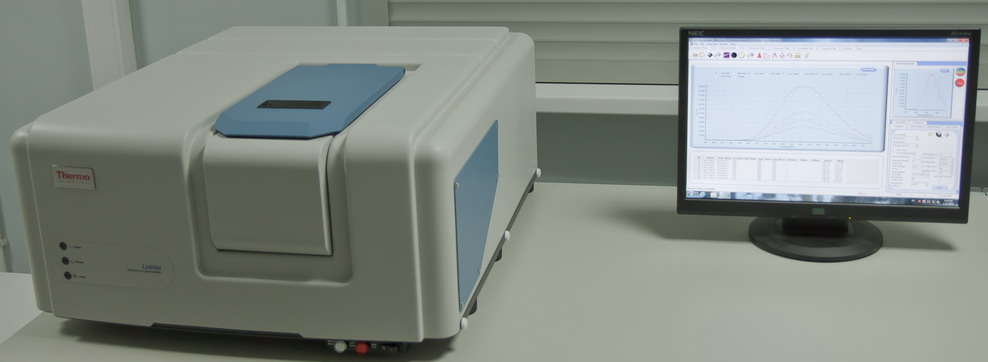
Description:
The fluorescent spectrometer Lumina provides an opportunity to conduct the research of the fluorescence, chemiluminescence and phosphorescence with high resolution and sensitivity within the range from 190 to 900 nm. The various programs supporting the operation of the fluorescent spectrometer Lumina, allow to measure:
- the emission spectra, the excitation spectra and synchronous spectra, including its temperature dependence;
- the measurement of the three-dimensional fluorescence spectra;
- the sample concentration relative to the calibration curve;
- the phosphorescence lifetime;
- the sample intensity at the selected wavelengths without scanning the excitation and emission;
- the ion concentration in the intercellular samples (by calculation);
- the anisotropy magnitude.
Technical characteristics:
- The spectral range of the excitation and emission is within 190 - 900 nm.
- The horizontal beam geometry is 5 mm wide.
- The minimal volume of the sample is 0,5 ml (in a standard 10 mm cuvette).
- The monochromators of the excitation and detection spectral slit bandwidth is 0,5; 1,0; 2,5; 5,0; 10; 20 nm.
- The emission source is the 150 W xenon lamp.
- Sensitivity (the raman band of water): > 4000:1 RMS
> 1000:1 Peak-to-peak
- The limits of the wavelengths absolute error is ±0,5 nm.
- Reproducibility - ±0.2 nm.
- The scanning velocity is within 1-6000 nm per minute
- The slew speed is 20000 nm per minute
The opportunity to choose the zero-order for the excitation and emission monochromators.
The information on the manufacturer’s website.pdf (rus)
The information on the manufacturer’s website.pdf (eng)
Additional accessories:
- The thermostatted sample holder
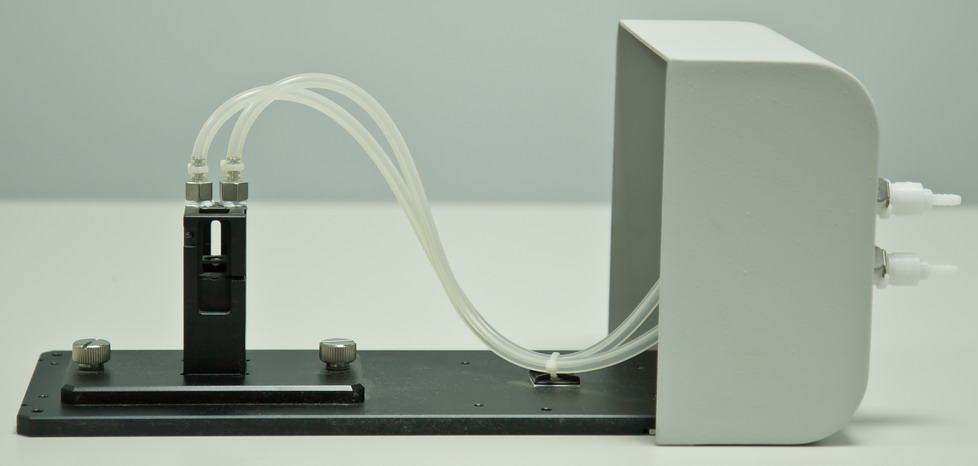
The cuvette holder with the Peltier heater is used to obtain the highest precision (10 – 110 °С) and to study the kinetics and other applications requiring accurate temperature control. The thermostatted sample holder allows the use of the liquid thermostat.
Posted in Научное оборудование
Modular spectrofluorimeter Fluorolog-3 (Horiba Jobin Yvon)
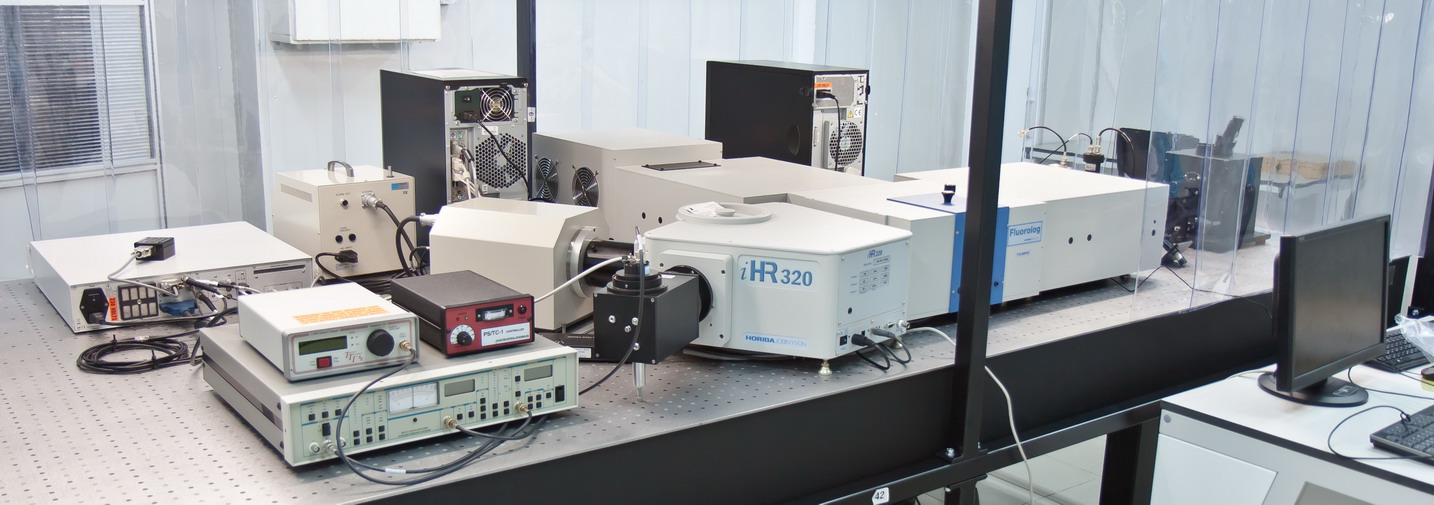
Description of the instrument:
The device is designed to produce emission spectra, excitation spectra, measurements of the lifetimes of excited states, to study the molecular dynamics in solution. Double monochromators in the excitation and emission channels, heavy duty xenon lamp as the light source and the detection system operates on the basis of accounts of individual photons, can achieve the unique sensitivity and signal/noise ratio. Device equipped with fluorescence lifetime measurement based on time-correlated single photon counting (TCSPC). It can measure luminescence decay from 0.1 ns to a few seconds. Device also includes an integrating sphere Quanta-φ with fiber optics which enables direct measurement of the quantum yield of luminescence. The device allows obtaining emission spectra with the ability to both radial and frontal observation of the sample.
Excitation sources
- Xenon lamp with a 450 W ozone protection
- Xenon flash lamp 150 W
Monochromators
1. Excitation monochromator
- double monochromator by the Czerny-Turner with a plane diffraction grating with an angle of light optimized for ultraviolet (330 nm);
- focusing stored for all wavelengths in the range 200-950 nm;
- adjustable bandwidth from the computer from 0 to 30 nm;
- wavelength accuracy - 0.5 nm;
- maximum scanning speed - 150 nm/s;
- range of the scanning step - 0.0625-100 nm.
2. Emission monochromator - double monochromator by the Czerny-Turner with flat grating with optimized angle of light in the visible region (500 nm);
- focusing stored for all wavelengths in the range 200-950 nm;
- adjustable bandwidth with computer from 0 to 30 nm;
- wavelength accuracy - 0.5 nm;
- maximum scanning speed - 150 nm/s;
- range of the scanning step - 0.0625-100 nm.
3. Spectrograph with a relative aperture of f/4.1, kinematic turret with 3 grating, which allows using 2 channels of registration, with diffraction gratings in the holder 68x68 mm (3 pieces), for the spectral range from 300 nm to 3000 nm.
Detectors
The aspect ratio signal/noise ratio of 5000:1 for Raman band of water
1. Photomultiplier, sensitive in the range of 200-850 nm.
2. Cooled with liquid nitrogen detector for the spectral range 300 - 1700 nm, which is connected to the spectrograph.
3. PbS detector in housing with thermoelectric cooling for the spectral range 1000-3000 nm, which is connected to the spectrograph.
Accessories and add-ons
1. 1. Thermostatic chamber for cuvette (1x1cm) ranging from -20°C to 80°C, with integrated magnetic stirrer.
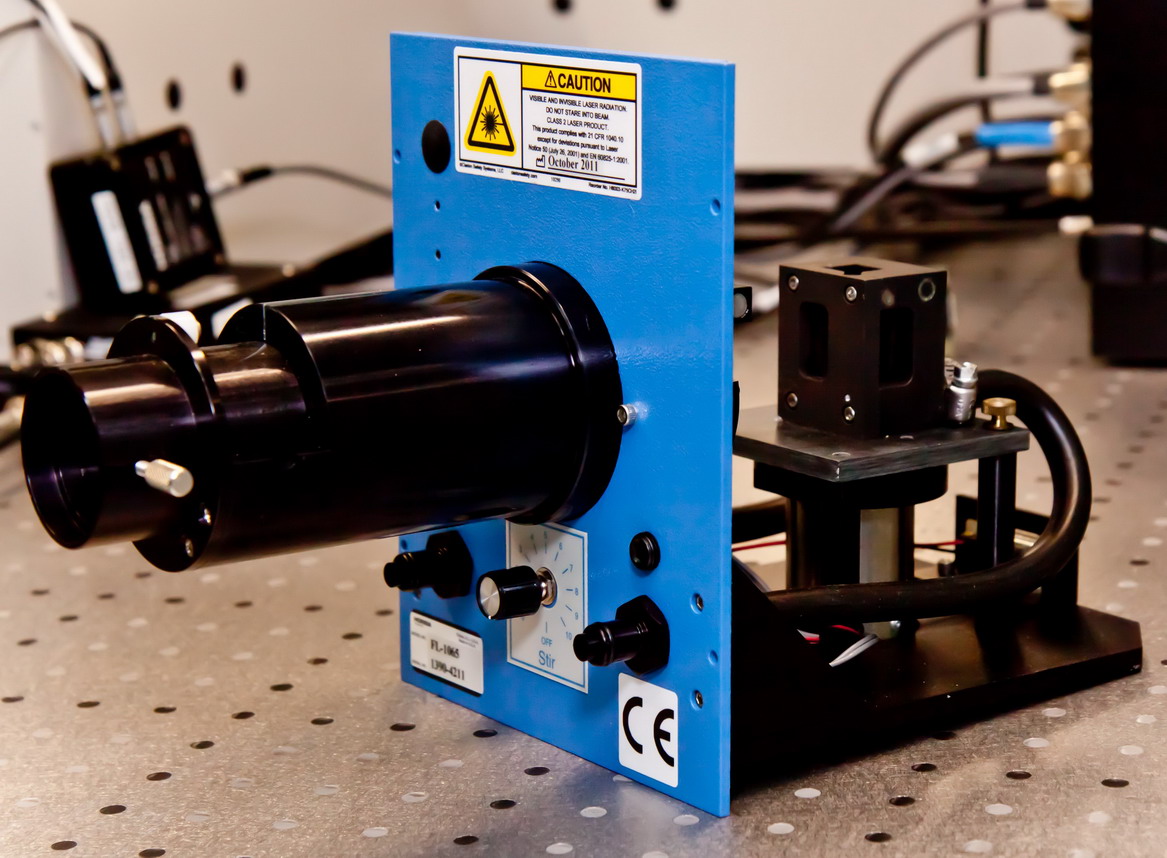
2. Sample chamber to operate at liquid nitrogen temperature.
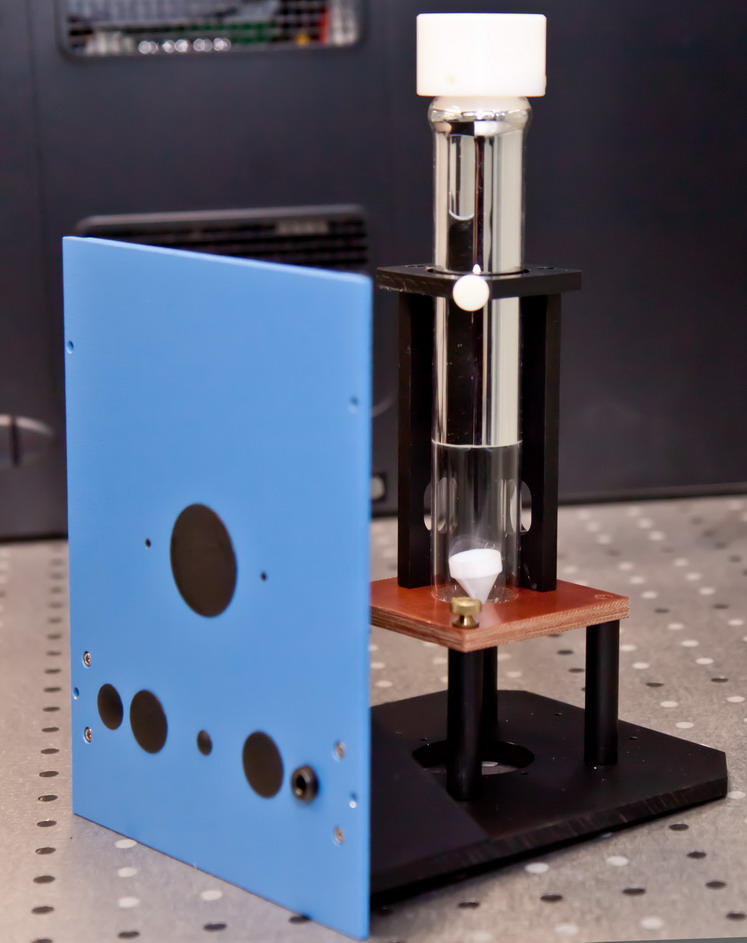
3. Holder for solid samples
4. Integrating sphere with 4 inches diameter to determine the quantum yield of the samples.
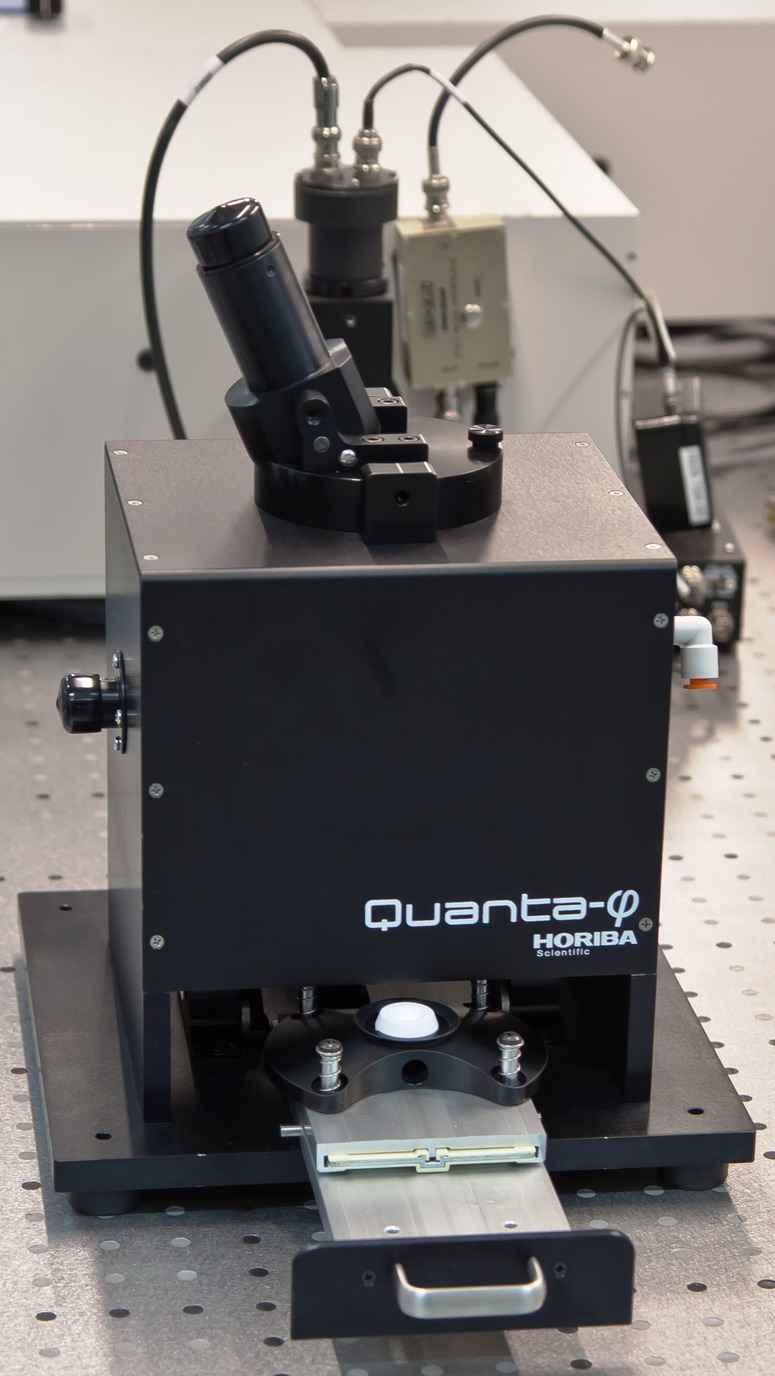
Information on the manufacturer's website
5. Н5. A set of light emitting diodes with wavelengths of 266 nm, 340 nm, 370 nm, 390 nm, 450 nm, 495 nm, 540 nm, 590nm, 605nm, 625nm, 740nm.
6. A set of five filters, transmission 370, 399, 450, 500, and 550 nm, for blocking Rayleigh lines and removal of the second order.
Posted in Научное оборудование
Precision Spectrophotometer Lambda 1050 of Perkin Elmer.
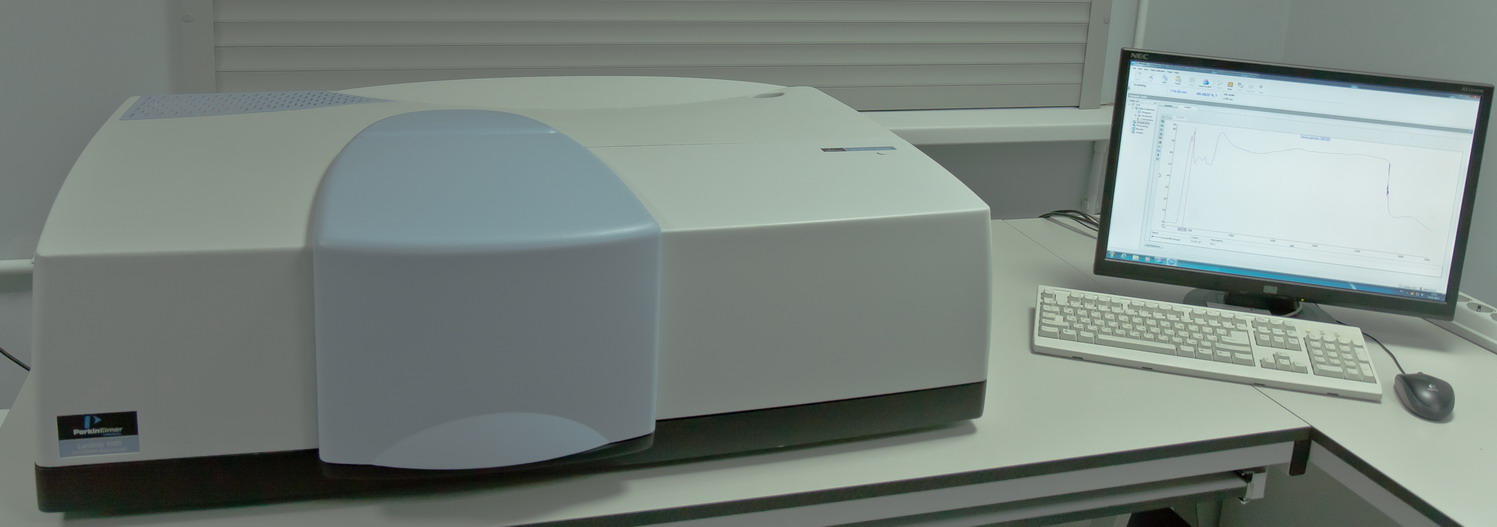
Device description:
Spectrophotometer Lambda 1050 is a two-beam scanning spectrophotometer with double monochromator. Spectrophotometer Lambda 1050 performs the measurement of optical characteristics such as optical density, reflection and transmission coefficients of liquid and solid materials, including light-scattering inorganic, organic and biological objects within the wavelength range 175 - 3300 nm.
A key feature of the spectrophotometer Lambda 1050 is the solution of various research tasks of spectral analysis by means of removable measuring modules.
Main characteristics:
- Wavelength range: 175-3300 nm
- Spectral resolution: UV/Vis ≤0.05 nm
NiR ≤0.20 nm
- Wavelength accuracy: UV/Vis ±0.08 nm
NiR ±0.30 nm
- Wavelength Reproducibility: UV/Vis ±0.005 nm
NiR ±0.01 nm
- Photometric Accuracy (Double Aperture Method 1 A) ±0.0003 А
- Photometric Reproducibility (0.3 A with NIST 930D filter at 546.1 nm) ≤0.00008 А
- Photometric Range 8 А (using UV/Vis and NiR range)
- Baseline stability ± 0.0007 А
- Zero drift (500 nm) ≤0.0002 А/h
The information on the manufacturer’s website
Additional accesories:
1. 3D WB Det. module for optical transmission or absorption measurements of liquid and solid samples in the range 175-3300 nm. It includes 3 detectors for the full overlap the UV, Visible and near-IR range:
- PMT R6872 multiplier for measurements in the range 175 - 860 nm;
- highly sensitive wideband cooled detector InGaAs for high-precision measurements in the range 860 - 2500 nm with high reproducibility;
- PbS Peltier-cooled detector for measurements in the spectral range 1800 - 3300 nm.

2. UV/Vis/NiR URA - a universal module for measurement of reflection coefficient for samples (8 mm-15 cm in size) in the range of 185 - 3100 nm for incidence angles from 8° to 65°.
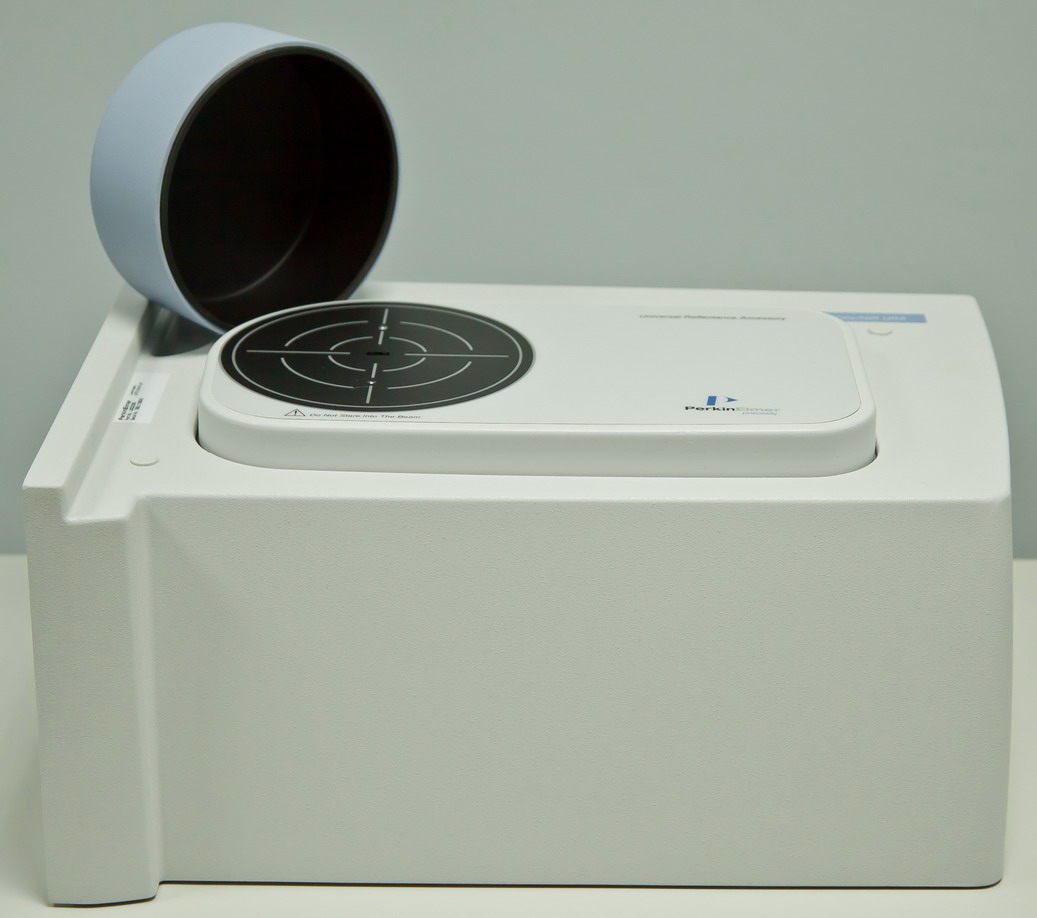
3. 50 mm InGaAs Int. Sphere - the integrating sphere for the analysis of scattering samples, samples with variable thickness; also for the analysis of diffusion reflection of powders, solid and liquid samples in the range of 250-2500 nm.
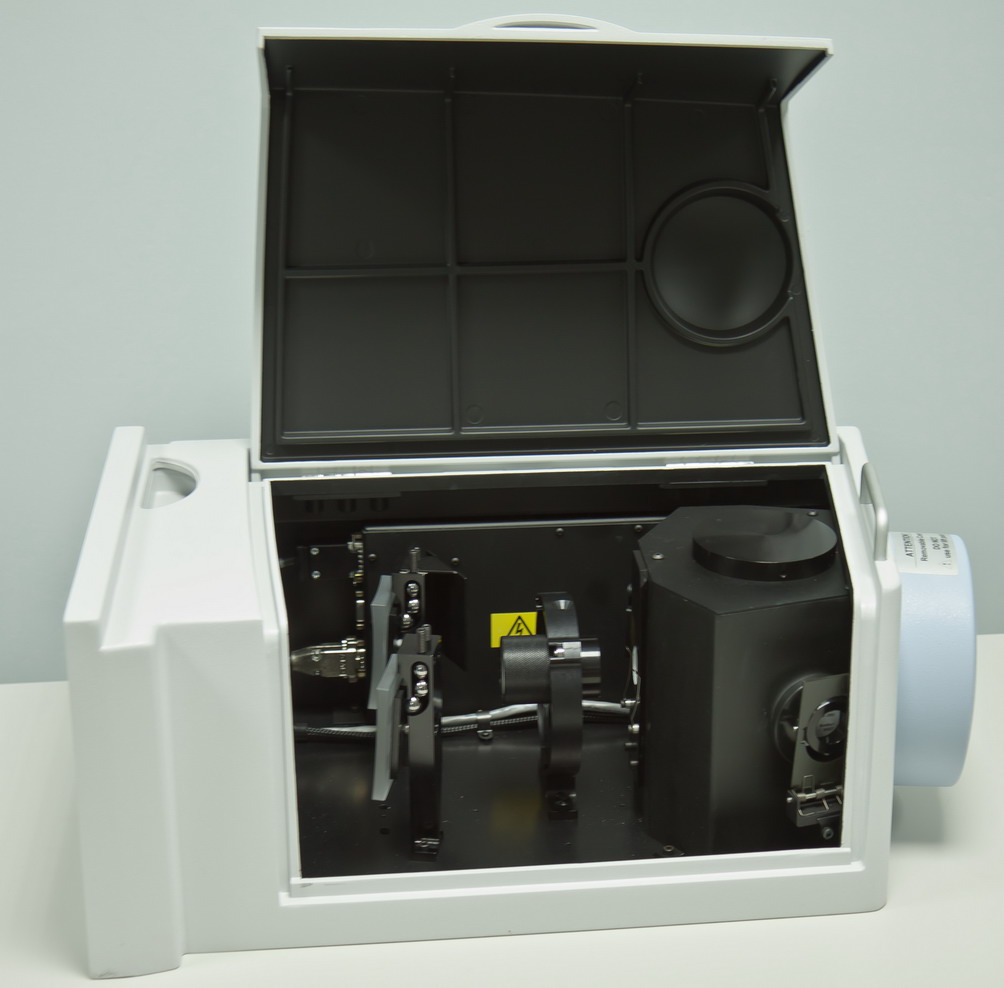
A set of holders for integrating sphere:
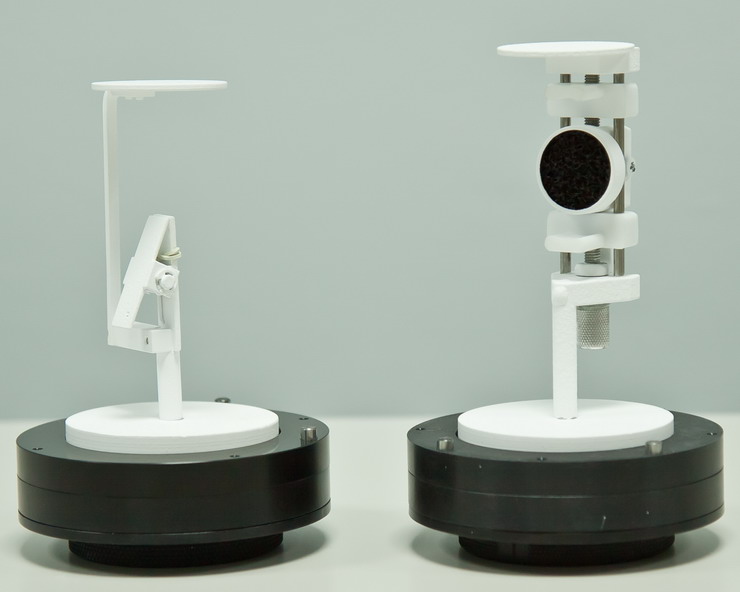



 English (UK)
English (UK)  Русский (РФ)
Русский (РФ) 




